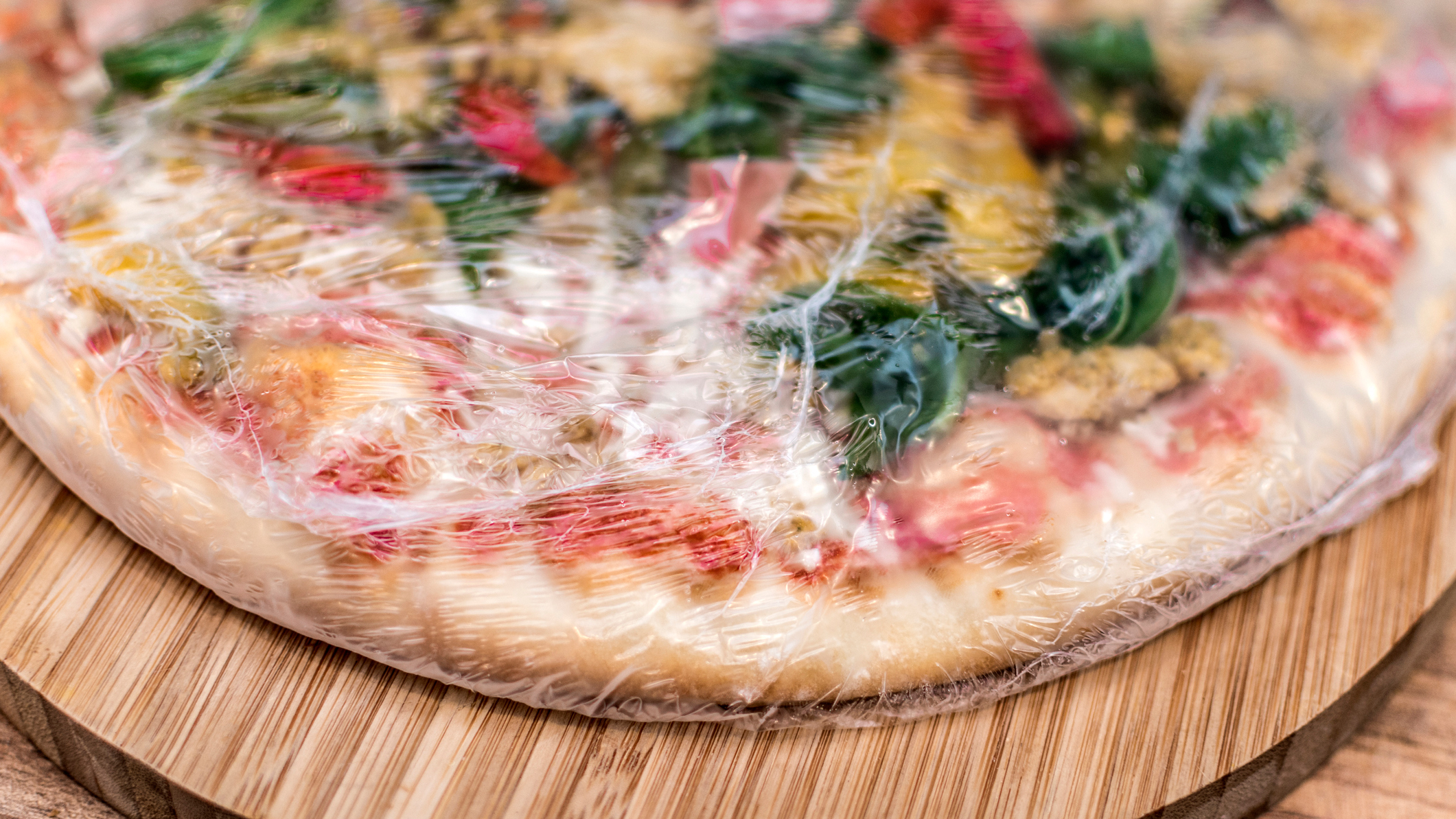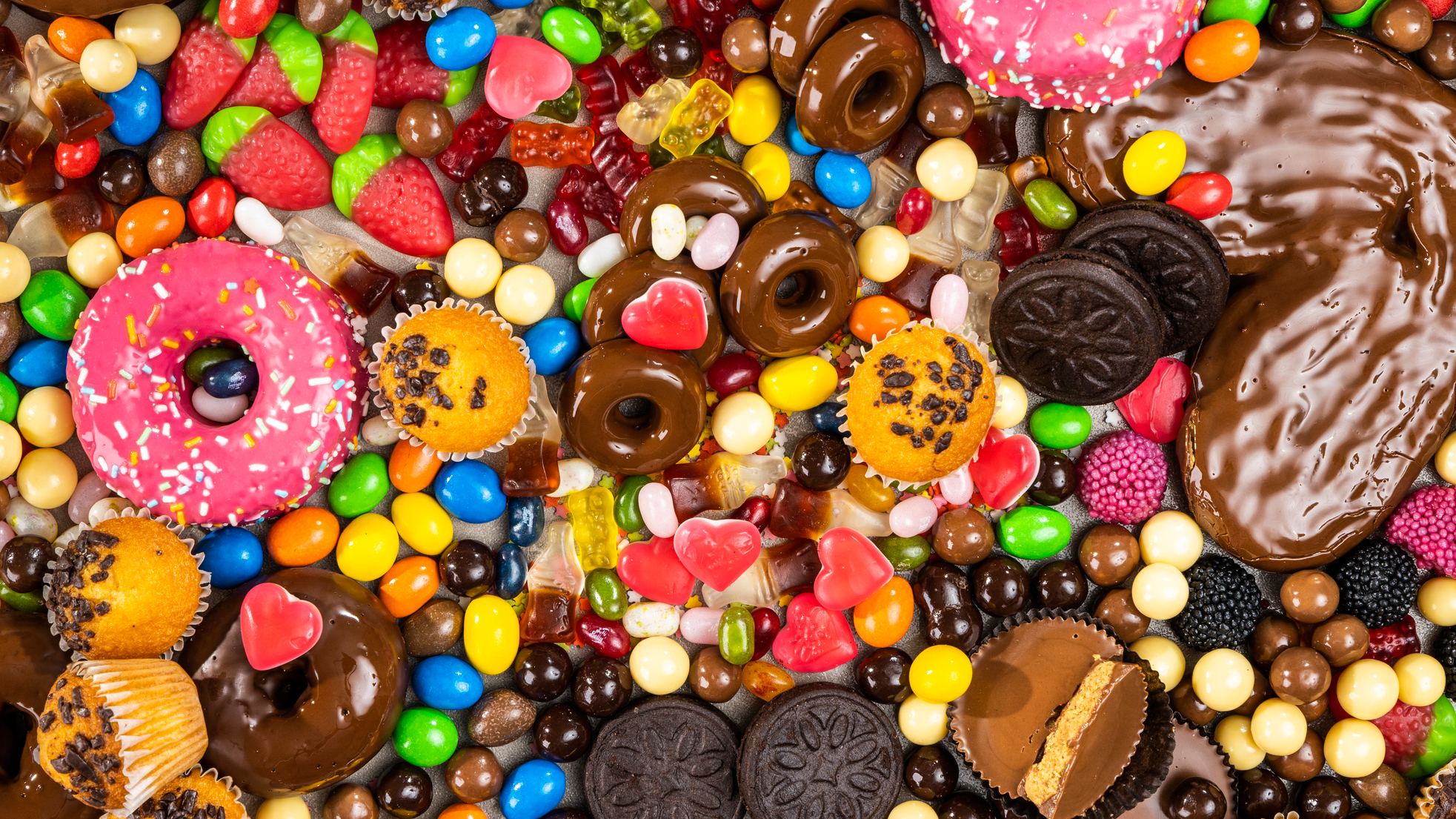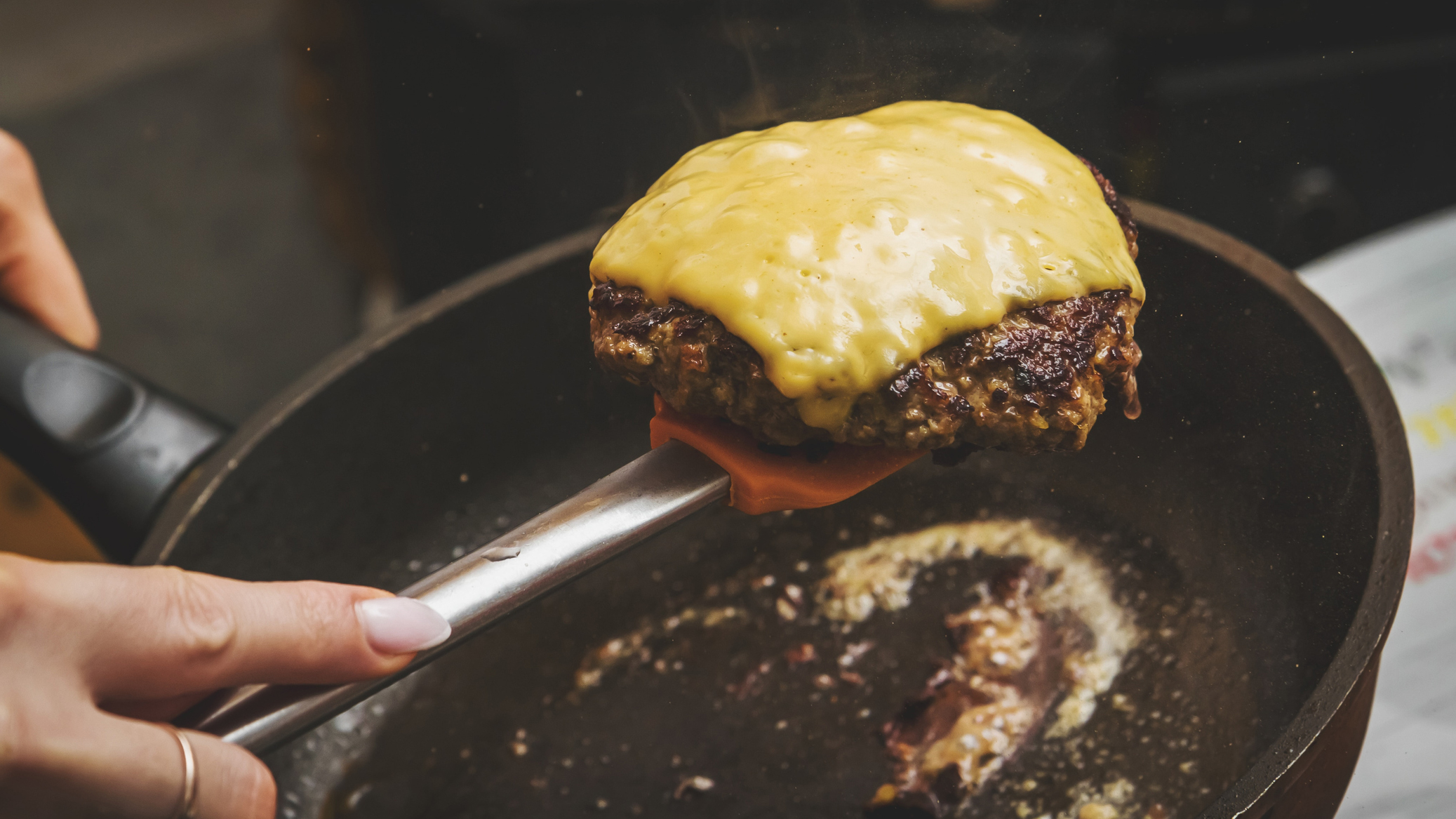What are "ultra-processed foods" and why are they usually bad for us?
57% of the average American diet is made up of "ultra-processed foods". What are they, and why is this bad for us?


We all know generally what's considered healthy and unhealthy. A floret of broccoli is good for us and a fried potato chip is bad for us. The more natural something is, the better it tends to be, while the more synthetic it is, the worse for us it tends to be. Outliers exist, but that's the general trend.
However, what are ultra-processed foods, and are they inherently bad for us, even if they've been cooked in a healthier way (for example, on the best health grill or best air fryer)? While we'll go into exactly what constitutes an ultra-processed foodstuff, the answer to the second question is a resounding "yes, they're bad for us".
Recently, a new report from the American Journal of Clinical Nutrition studied dietary data from over 40,000 US adults' data. The researchers looked at the data from 2001 through to 2018 to analyse trends in people's eating habits, and found the amount of ultra-processed foods eaten, classified as "frozen pizza, soda, fast food, sweets, salty snacks, canned soup, and most breakfast cereals" grew from 53.5% to 57%.
On the other hand, the amount of whole foods eaten, defined as "minimally processed foods such as vegetables, fruits, grains, meat, and dairy" decreased from 32.7% to 27.4%.

We haven't even taken into account the pandemic. As stress, both health and financial, forced people into difficult situations, the researchers believed cheaper, long-lasting processed foods loaded with preservatives and sugar were more frequently bought than fresh foods with a shorter shelf life.
The study's lead author, Filippa Juul, an assistant professor and postdoctoral fellow at NYU School of Public Health, said: "The overall composition of the average U.S. diet has shifted towards a more processed diet. This is concerning, as eating more ultra-processed foods is associated with poor diet quality and higher risk of several chronic diseases.
Get the Fit&Well Newsletter
Start your week with achievable workout ideas, health tips and wellbeing advice in your inbox.
"In the early days of the pandemic, people changed their purchasing behaviors to shop less frequently, and sales of ultra-processed foods such as boxed macaroni and cheese, canned soups, and snack foods increased substantially. People may have also eaten more packaged 'comfort foods' as a way of coping with the uncertainty."
Juul's study classifies ultra-processed foods using a system designed by researchers from the University of Sao Paulo, Brazil, called the NOVA food classification system. It groups foods into four different groups, based on the amount of processing they've been through, to aid people in learning how to eat healthily. Let's go through each one in order.
NOVA food classification system of food processing
Group 1: Unprocessed, or minimally processed foods
Unprocessed or 'natural' foods have been obtained directly from plants or animals without undergoing any alteration. Minimally processed foods have been cleaned, had inedible parts removed, been fermented, cooled, frozen... any processed which does not add other substances to the original food.
This food group includes the following:
- Natural or frozen fruit & vegetables
- Pulses and legumes like lentils, peas and beans
- Wheat, oats and other grains, and flours made from them
- Fresh, chilled or frozen meat and seafood
- Tea and coffee.
Group 2: Processed culinary ingredients
These ingredients have been processed and extracted from nature. Whether they've been pulverised, refined or extracted by other means, they've been used to season and cook foods of different kind.
They can include the following:
- Oils from vegetables, seeds, nuts and fruits, like sunflowers and olives
- Sugars and molasses
- Honey and syrups
- Starch
- Butter
- Salt
Group 3: Processed foods
Processed foods are manufactured using the ingredients above – essentially, group 3 is made by adding group 1 to group 2. NOVA says they're "recognised as versions of their original foods" (which is a pretty damning statement for the remaining group) and include the following:
- Canned or preserved foods
- Pastes or concentrates
- Freshly made cheeses
- Freshly made breads
- Bacon and beef jerky
- Fermented alcohol like beer and wine
Group 4: Ultra-processed foods
Described as "industrial formulations", ultra-processed foods bear no resemblance to their original forms. They're made from stuff extracted from other foods, or synthesized in labs, pre-processed by moulding or frying them.
Examples include the following:
- Pre-packaged savoury snacks
- Packaged breads
- Candy and sweets
- Carbonated soft drinks
- Pre-cooked meat products
- 'Instant' foods like noodles and microwave meals
- Breakfast cereals and bars

Are ultra-processed foods always bad for us?
Usually, but not always. Foods processed to last longer, such as packaged wholemeal breads and canned legumes, pulses and vegetables, are often much more affordable ways to eat healthy than constantly buying fresh, which can result in food waste. However, the general trend of almost 70% of young people's diets being ultra-processed is very concerning.
Fang Fang Zhang is a nutrition epidemiologist and senior author of a Tufts study which found ultra-processed foods made up over 2/3 of children's diets. She wrote: "Some whole grain breads and dairy foods are ultraprocessed, and they're healthier than other ultraprocessed foods. Processing can keep food fresher longer, allows for food fortification and enrichment, and enhances consumer convenience.
"But many ultraprocessed foods are less healthy, with more sugar and salt, and less fiber, than unprocessed and minimally processed foods, and the increase in their consumption by children and teenagers is concerning."
There's a very clear association in other studies between ultra-processed foods and all-cause mortality. It's definitely time to re-learn how we eat healthily and opt for less pre-packaged stuff and more simple, fresh, nutritious foods. Start small: swap your lunchtime cola for a bottle of water, and your chocolate bar for a piece of fruit. Opt for salad instead of fries with your meal. Consistent small, healthy choices (with the occasional treat) is the best way to maintain a healthy diet.
Matt Evans is an experienced health and fitness journalist and is currently Fitness and Wellbeing Editor at TechRadar, covering all things exercise and nutrition on Fit&Well's tech-focused sister site. Matt originally discovered exercise through martial arts: he holds a black belt in Karate and remains a keen runner, gym-goer, and infrequent yogi. His top fitness tip? Stretch.
-
 A Pilates instructor says this is the beginner-friendly core exercise everyone should try
A Pilates instructor says this is the beginner-friendly core exercise everyone should tryForget crunches, this is the perfect foundation move
By Alice Porter Published
-
 Prevent poor posture and release tension from sitting down with these four simple stretches from a yoga instructor
Prevent poor posture and release tension from sitting down with these four simple stretches from a yoga instructorThe daily poses he swears by, no matter what
By Alice Porter Published